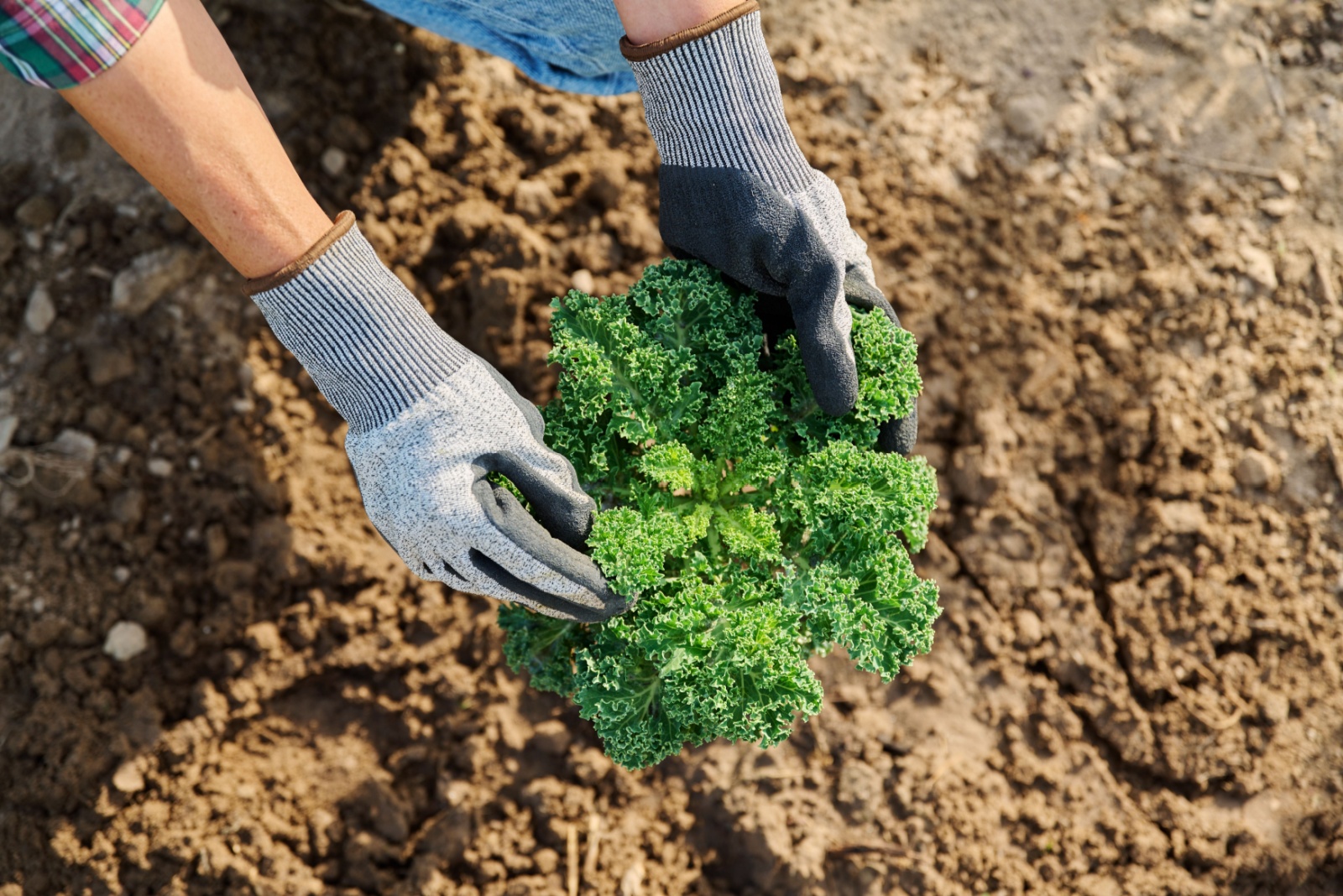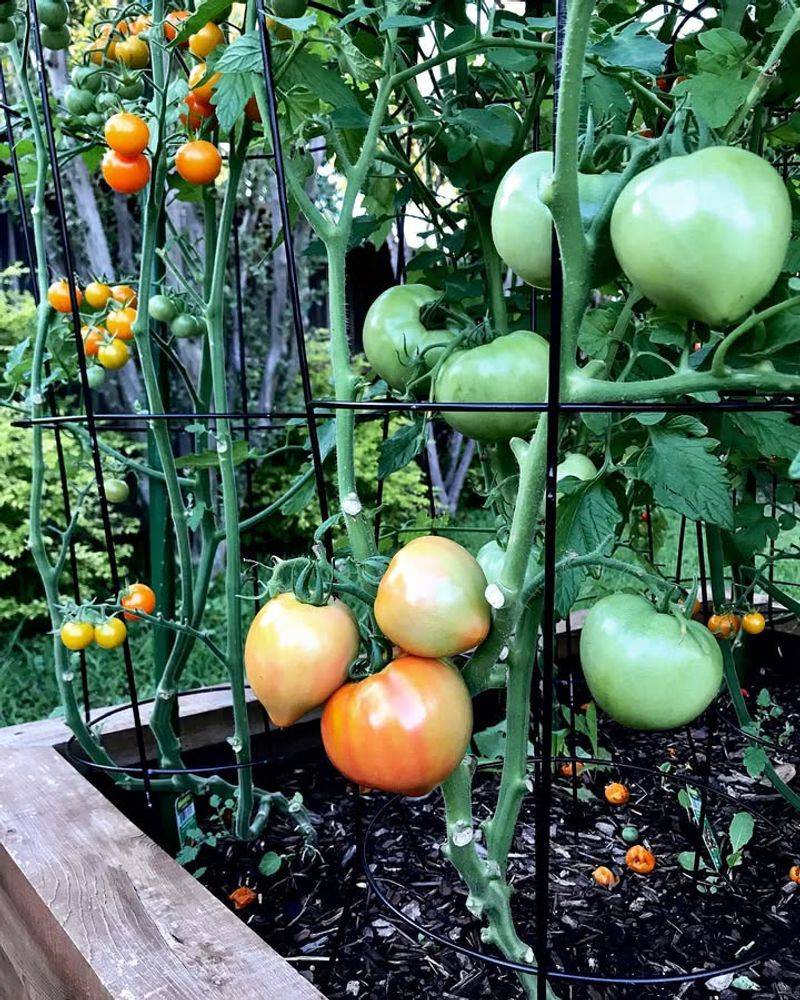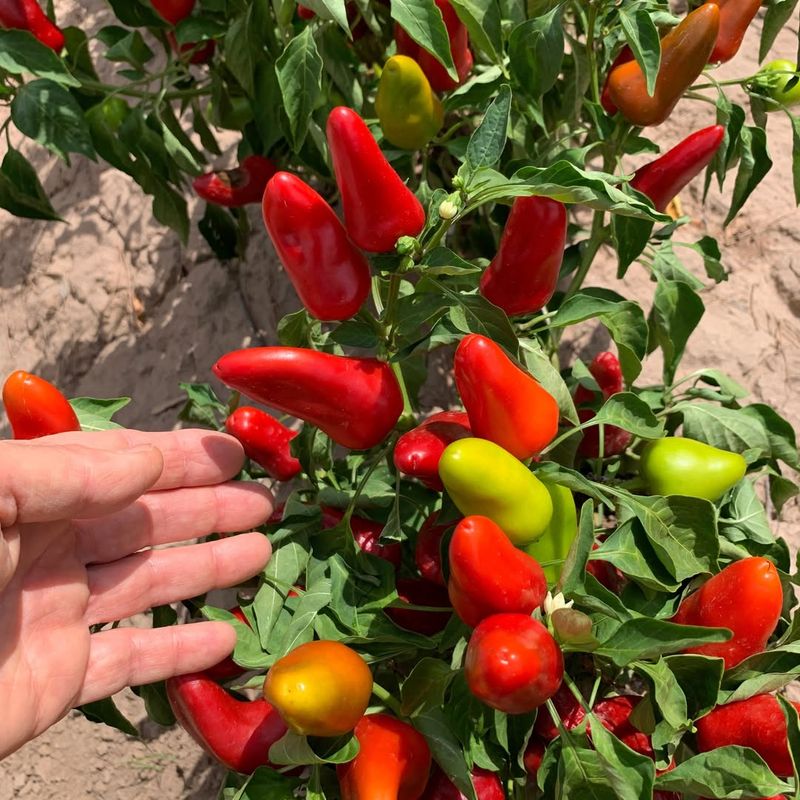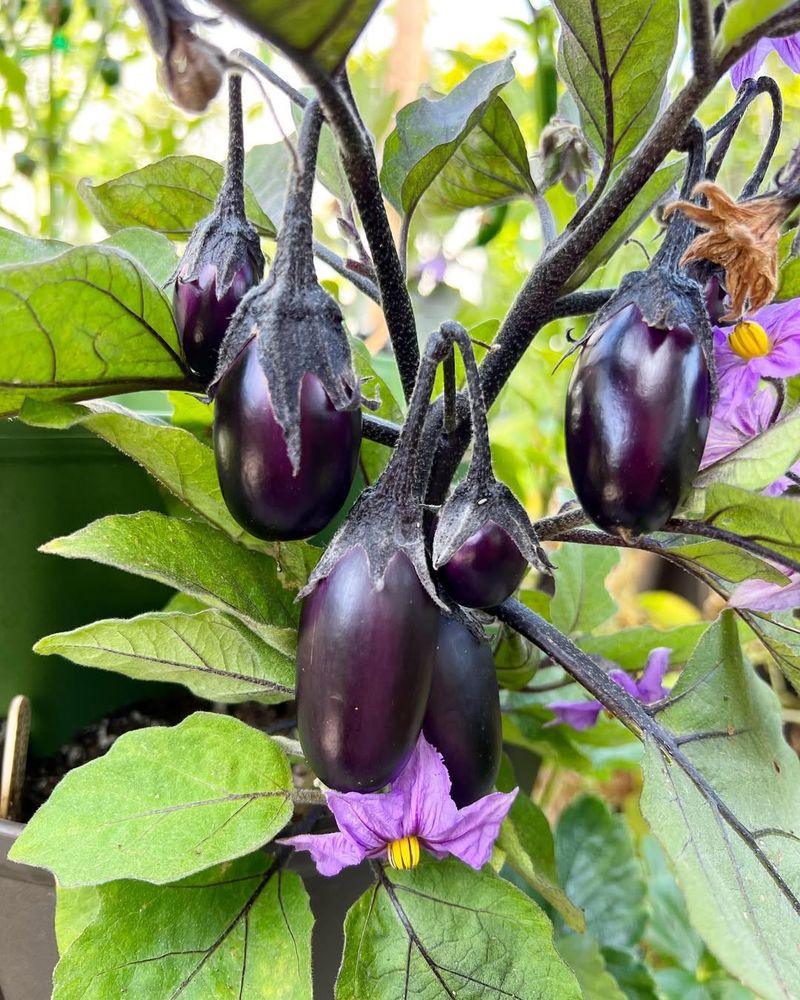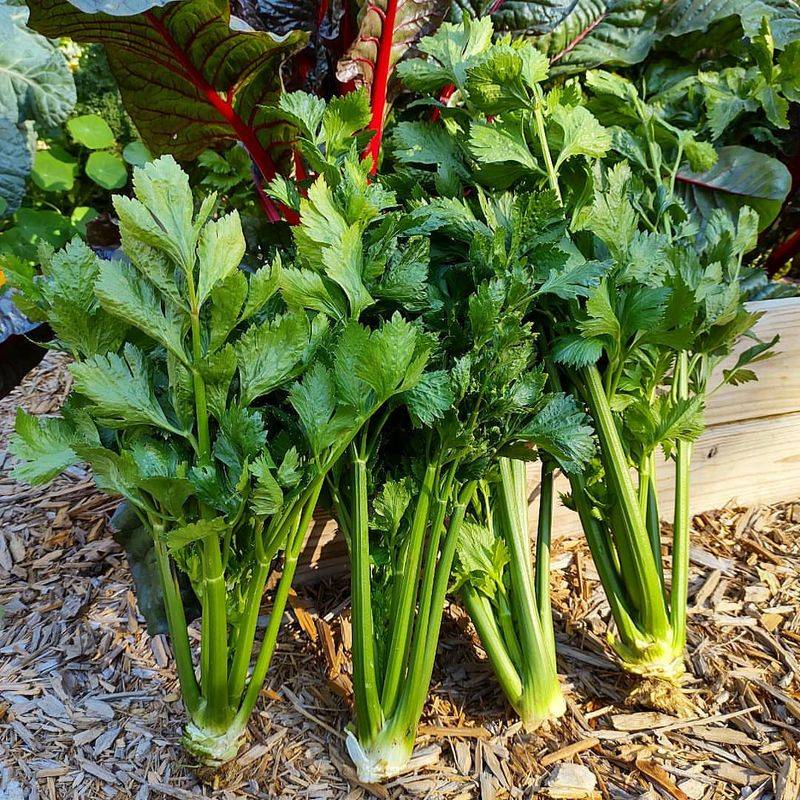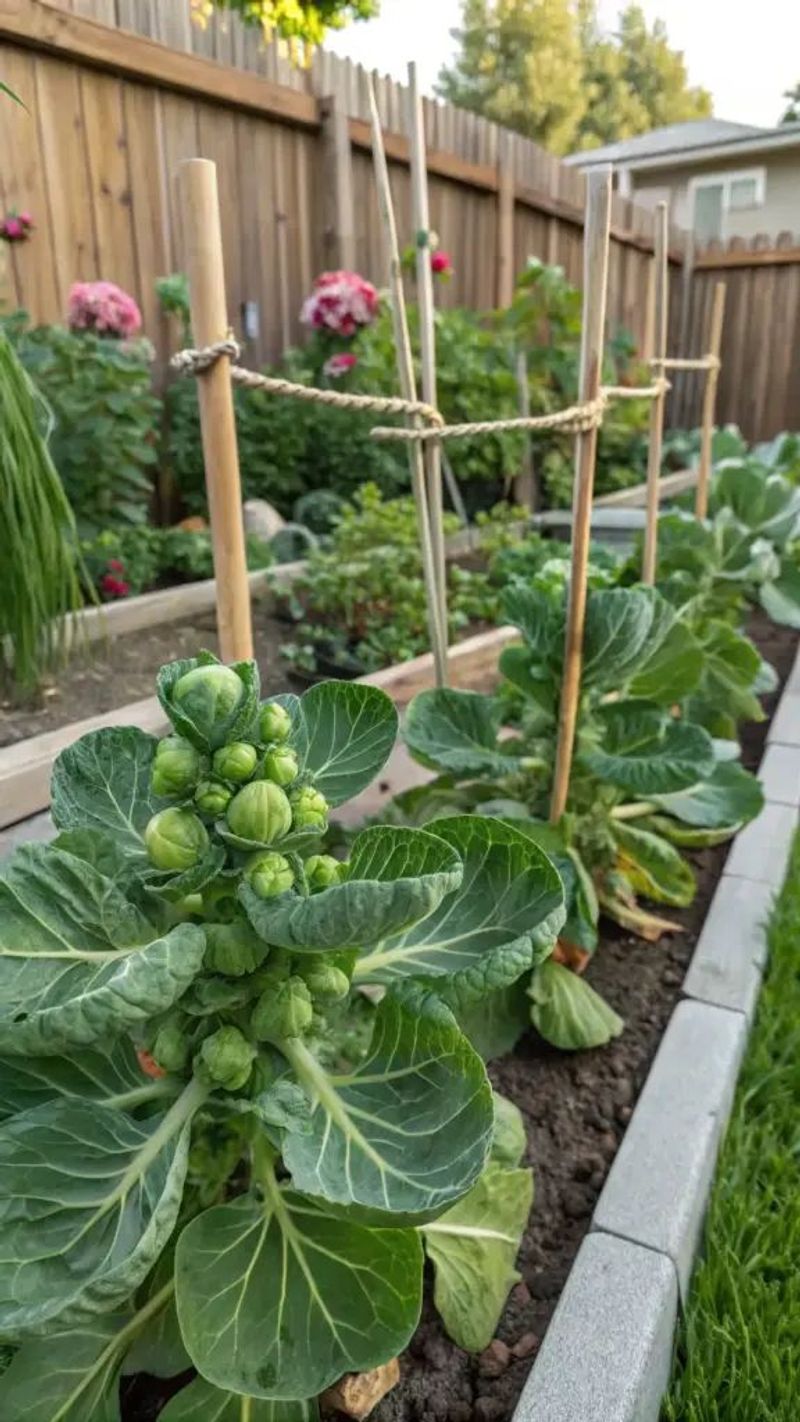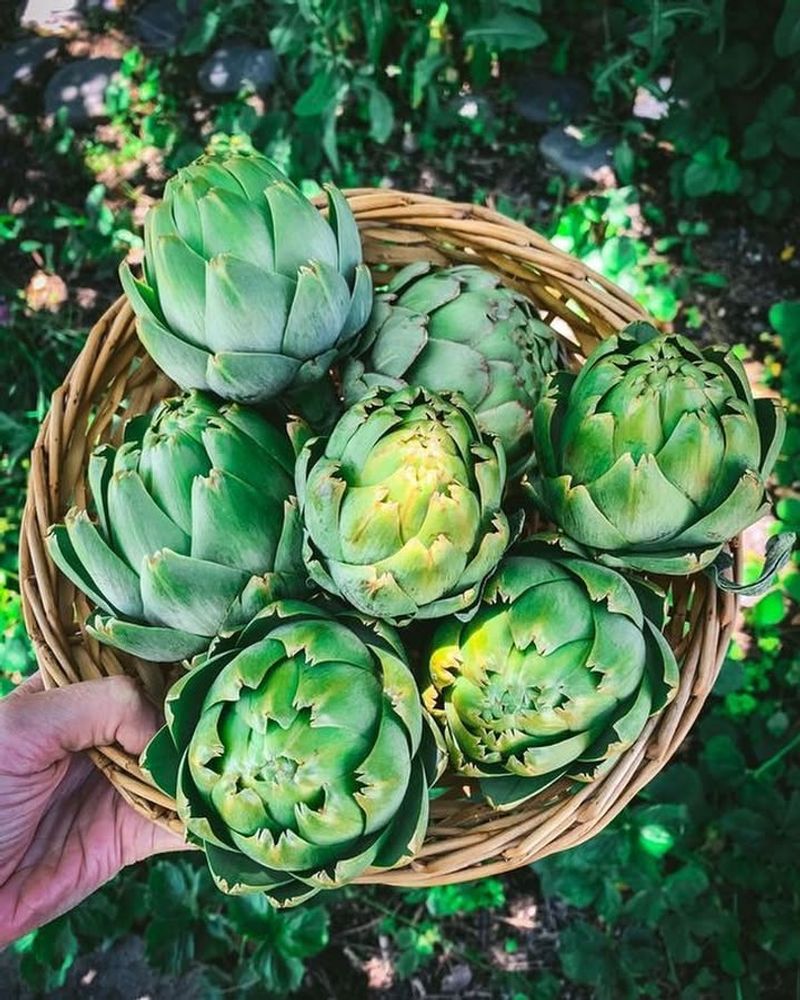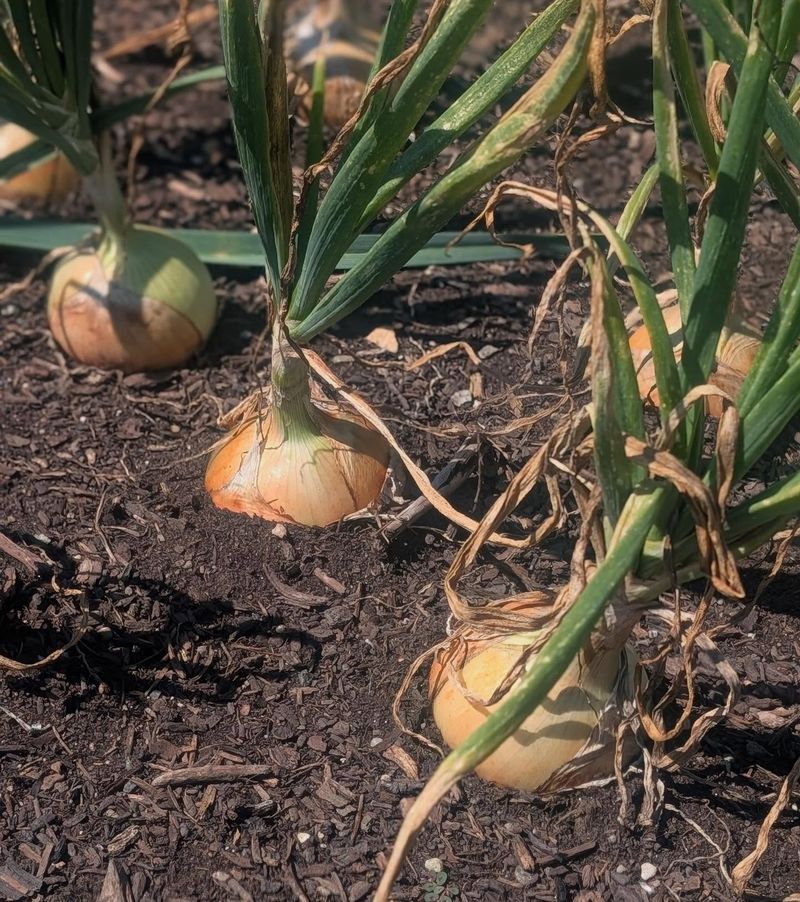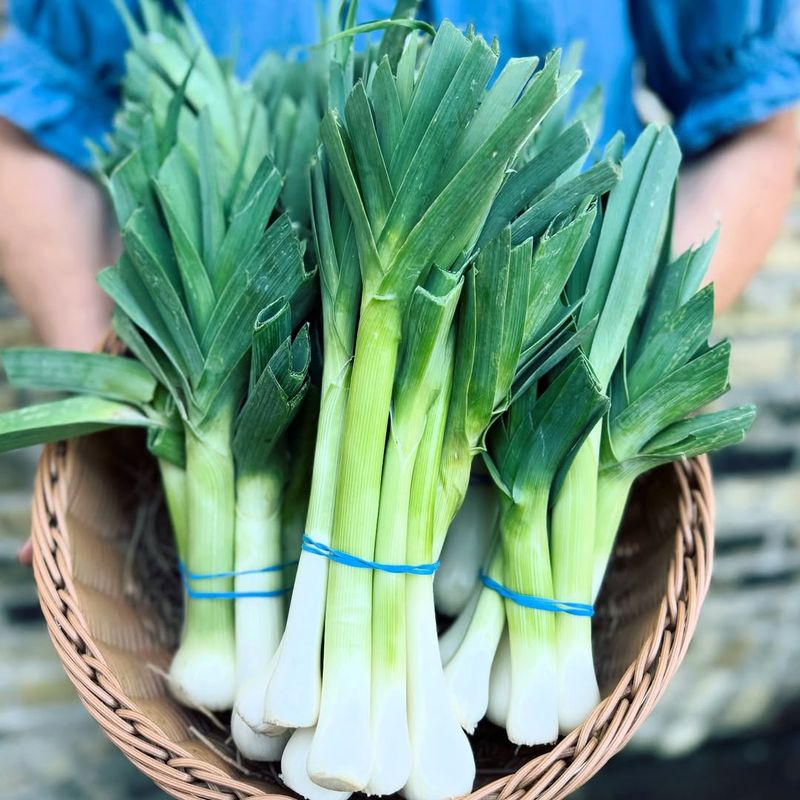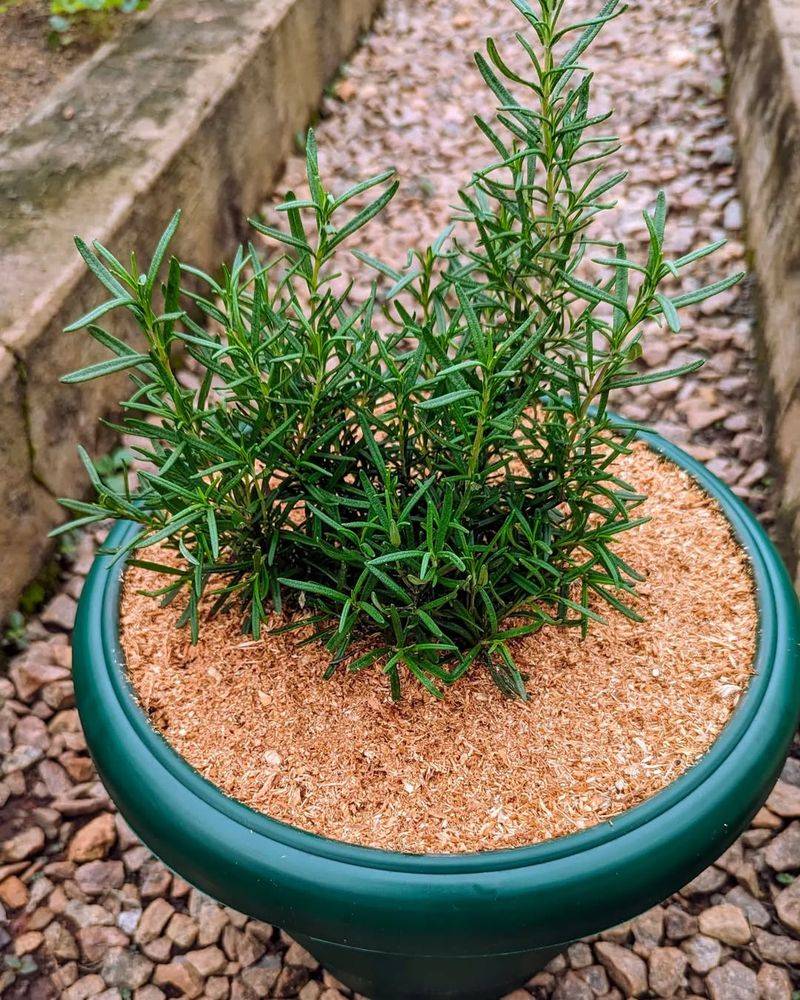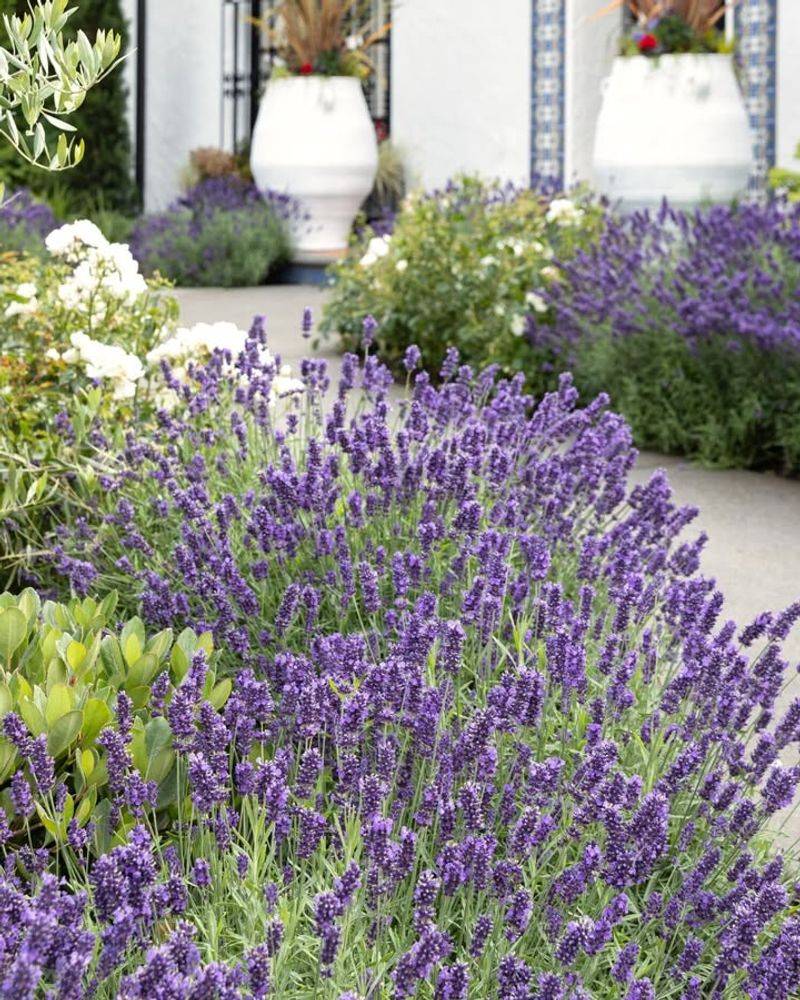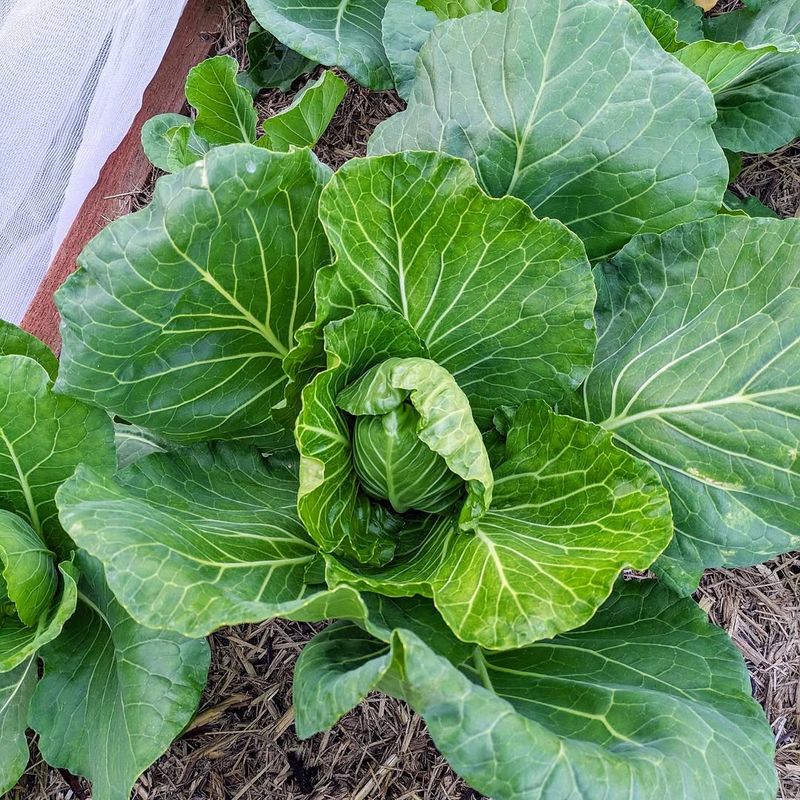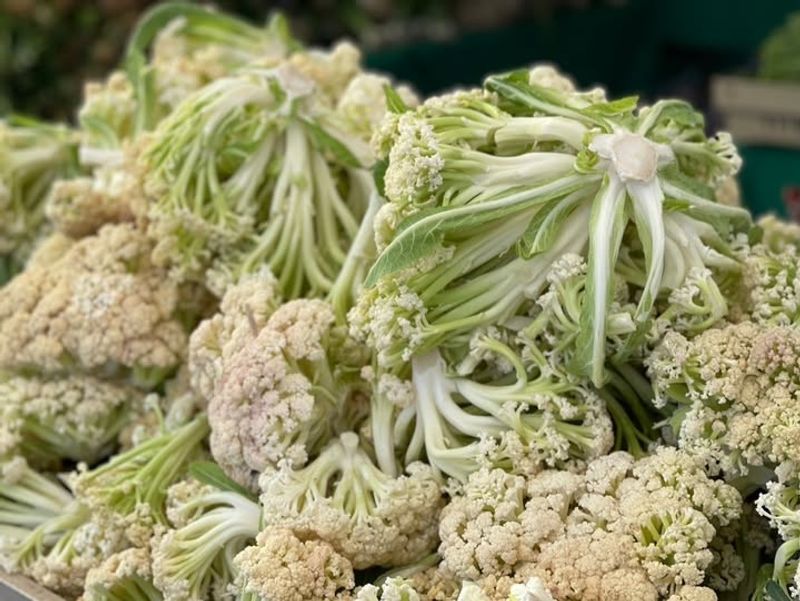Growing a garden in Minnesota can be tricky with our short summers and unpredictable weather. While starting plants from seed sounds like a great way to save money, some varieties just won’t cooperate in our climate.
Certain plants take too long to mature, struggle with our temperatures, or are simply easier and cheaper to buy as transplants from your local nursery.
1. Tomatoes
Minnesota’s growing season barely gives tomatoes enough time to ripen, and starting them from seed indoors requires special lights and careful timing. You’ll need to begin eight weeks before the last frost, maintain perfect temperatures, and pray your seedlings don’t get leggy or diseased.
Buying transplants from a garden center costs just a few dollars per plant and saves you months of hassle. Most nurseries offer varieties already adapted to our short season, giving you a much better harvest.
2. Peppers
With a longer maturation period than tomatoes, peppers demand even more patience when grown from seed. Starting indoors ten to twelve weeks early means dedicating precious windowsill space while nursing finicky seedlings that hate temperature swings.
Transplants adapt faster to garden conditions and start producing weeks earlier than home-grown seedlings. Garden centers stock both sweet and hot varieties perfectly suited for Minnesota summers, making the small investment totally worthwhile for your sanity and harvest.
3. Eggplant
Eggplants are notoriously slow growers that crave warmth Minnesota simply can’t provide consistently. Seeds take forever to germinate, and seedlings grow at a snail’s pace even under ideal conditions with heat mats and grow lights.
By the time your seedlings are ready for transplanting, summer is half over. Purchasing starter plants gives eggplants the head start they desperately need in our climate, letting you actually enjoy fresh eggplant parmesan before frost arrives in September.
4. Celery
Celery seeds are tiny troublemakers that take up to three weeks just to sprout, and that’s only the beginning of your problems. Seedlings grow incredibly slowly and need constant moisture, perfect temperatures, and about four months to reach harvest size in Minnesota garden.
Most gardeners end up with bitter, stringy stalks after all that effort. Store-bought celery costs less than the grow lights you’d need, and transplants from nurseries are already several weeks ahead, though honestly, celery rarely thrives here anyway.
5. Brussels Sprouts
Brussels sprouts need an incredibly long growing season, sometimes up to 130 days from seed to harvest. Starting them indoors early enough means beginning in late winter when you’re already juggling tomatoes, peppers, and other seedlings competing for light.
Transplants establish quickly and handle our climate better when given a strong start. Since Brussels sprouts actually taste better after a light frost, buying plants in late spring gives you perfectly timed harvests without monopolizing your seed-starting setup for months on end.
6. Artichokes
Artichokes are perennials that prefer Mediterranean climates and take over 100 days to produce from seed. Minnesota winters kill them dead, forcing you to treat them as annuals, which makes the long seed-starting process even more frustrating.
Getting artichokes to actually form edible buds here requires tricking them with vernalization techniques that most home gardeners find exhausting. If you’re determined to grow these fancy vegetables, buying transplants gives you a fighting chance, though honestly, the grocery store might be your best bet.
7. Onions
Starting onions from seed requires planting them in late winter, about ten to twelve weeks before transplanting outdoors. Seedlings look like thin grass blades that need constant attention, perfect moisture, and good air circulation to prevent damping off.
Onion sets and transplants cost pennies and establish much faster with higher success rates. Sets are especially foolproof, sprouting quickly and producing reliable harvests without the months of babying that seeds demand, leaving you more time for crops that actually benefit from seed starting.
8. Leeks
Leeks need an extremely long season, sometimes 120 days or more, and their seeds are nearly as fussy as their celery cousins. Seedlings grow slowly and require transplanting into trenches, then hilling up soil around them multiple times for proper blanching.
All this effort for a vegetable you might use in a few soups seems excessive. Buying transplants cuts months off the process and gives you properly sized leeks without dedicating half your seed-starting area to these space-hogging alliums all winter long.
9. Rosemary
Rosemary seeds have terrible germination rates and can take up to three weeks to sprout when they bother sprouting at all. Seedlings grow painfully slowly, and this Mediterranean herb struggles with Minnesota’s humidity and cold winters anyway.
Since rosemary is a perennial that won’t survive outdoors here, you’ll need to pot it and bring it inside each fall. Buying an established plant gives you usable herbs immediately and a stronger plant that handles the indoor-outdoor transition better than weak seedlings ever could.
10. Lavender
Lavender seeds require cold stratification before they’ll even think about germinating, adding weeks to an already lengthy process. Once sprouted, seedlings grow at a glacial pace and take years to reach flowering size.
Most varieties struggle with our cold winters and humid summers anyway, making your seed-starting efforts potentially pointless. Purchasing hardy varieties like Munstead or Hidcote as transplants gives you established plants that might actually survive Minnesota winters and bloom within their first season, delivering that gorgeous fragrance you’re craving.
11. Cabbage
Cabbage seeds need starting indoors six to eight weeks before transplanting, and seedlings are magnets for cabbage worms and aphids even before reaching the garden. Managing indoor pests while hardening off these cold-hardy plants becomes a juggling act most gardeners dread.
Transplants from Minnesota garden centers are inexpensive, already hardened off, and available in both spring and fall planting varieties. They establish quickly and start forming heads weeks sooner than home-started seedlings, making them a no-brainer choice for busy gardeners wanting reliable harvests.
12. Cauliflower
Cauliflower is notoriously temperamental, demanding perfect conditions from seed to harvest. Seeds started indoors need consistent temperatures, and seedlings throw tantrums over minor transplant shock, often bolting or forming tiny, unusable heads called buttoning.
Even experienced gardeners struggle with cauliflower from seed because timing must be absolutely perfect for our climate. Buying transplants gives you properly timed plants started by professionals who understand the tricky requirements, significantly improving your chances of actually harvesting those beautiful white heads instead of disappointment.

